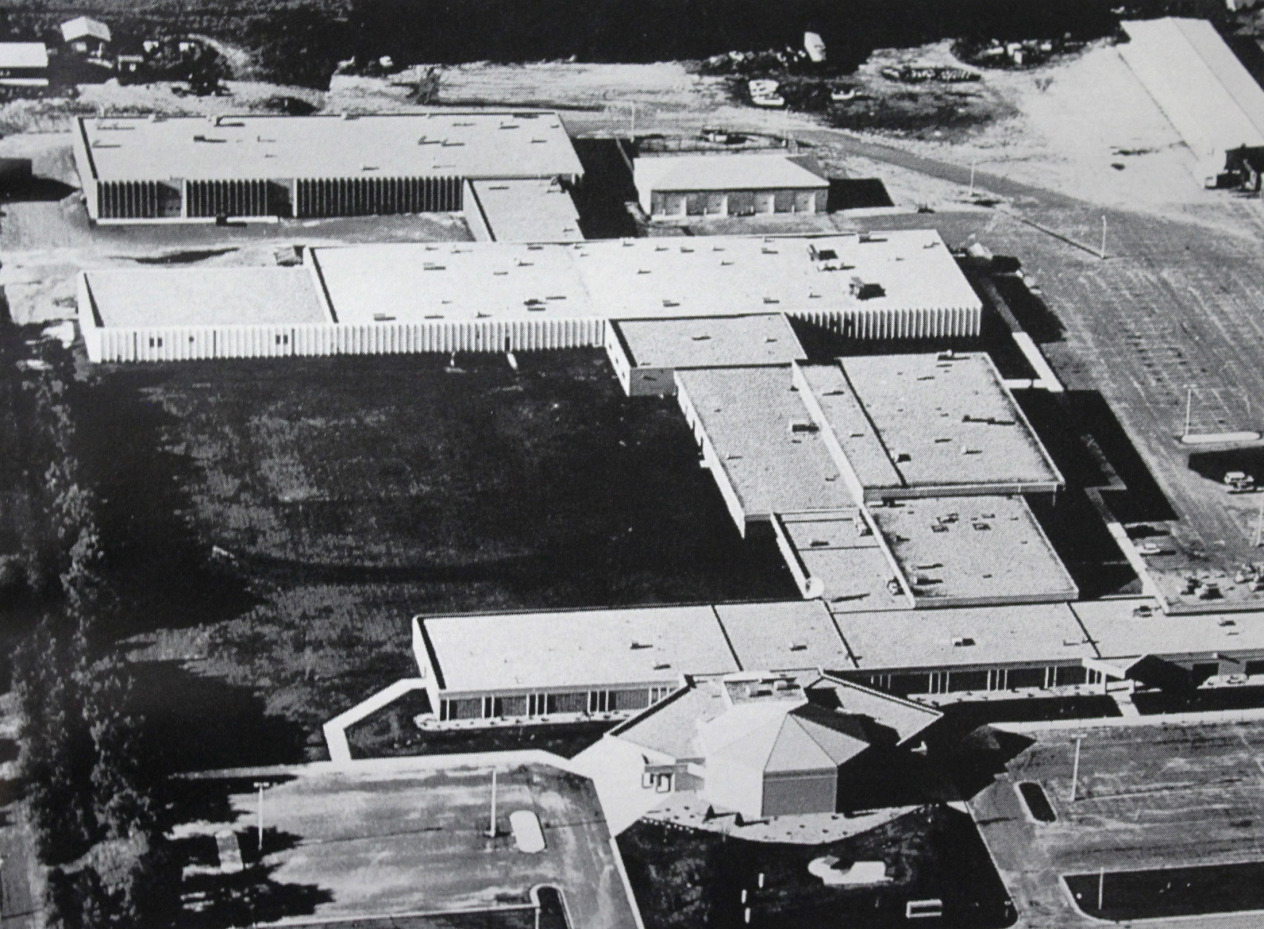Title
RADT1116 - Radiographic Procedures I
API ID
Credits
5 (3/2/0)
Description
This course will provide the student with the knowledge necessary to perform routine and mobile radiographic procedures relative to the thoracic and abdominal organs (including gastrointestinal studies), bony thorax, upper extremity and shoulder girdle. Emphasis will be on radiographic terms, anatomy, pathology, positioning, manipulation of radiographic equipment and accessories, and related patient care considerations.
Prerequisites
Competencies
- Describe standard positioning terms.
- Demonstrate proper use of positioning aids.
- Discuss general procedural considerations for radiographic and fluoroscopic examinations.
- Adapt general procedural considerations to specific clinical settings.
- Cite the structures demonstrated on routine radiographic and fluoroscopic procedures.
- Adapt radiographic and fluoroscopic procedures based on special considerations.
- Simulate radiographic and fluoroscopic procedures on a person or phantom in a laboratory setting.
- Evaluate images for positioning, centering, appropriate anatomy and overall image quality.
- Discuss equipment and supplies necessary to complete radiographic and fluoroscopic procedures.
- List and explain the routine and special views for all radiographic and fluoroscopic procedures covered in this course.
- Identify methods and barriers of communication and describe how each may be utilized or overcome effectively during patient education.
- Explain radiographic procedures to patients and family members.
- Apply general radiation safety and protection practices associated with radiographic examinations.
- Recite the patient preparation needed for various contrast and special studies.
- Explain the purpose for using contrast media.
- Differentiate between positive and negative contrast agents.
- Identify the types, dosages and route of administration of contrast media commonly used.
- Simulate mobile procedures on a person or phantom in a laboratory setting.
- Describe basic terms related to pathology.
- Describe the causes and manifestations of pathological conditions and their relevance to radiologic procedures.
- Describe imaging procedures used in diagnosing disease.
- Describe the various systemic classifications of disease in terms of etiology, types, common sites, complications and prognosis.
- Describe the radiographic appearance of diseases.
- Identify imaging procedures and interventional techniques appropriate for diseases common to each body system.
- Identify procedural and technique considerations required for pathological conditions.
Degrees that use this course
Degrees that use this course
Degree:
Associate of Applied Science (AAS)
Location:
Detroit Lakes Campus
Credits:
79
